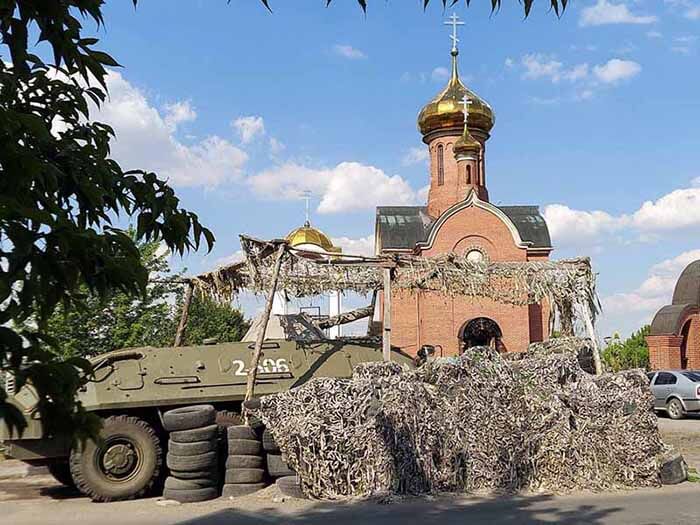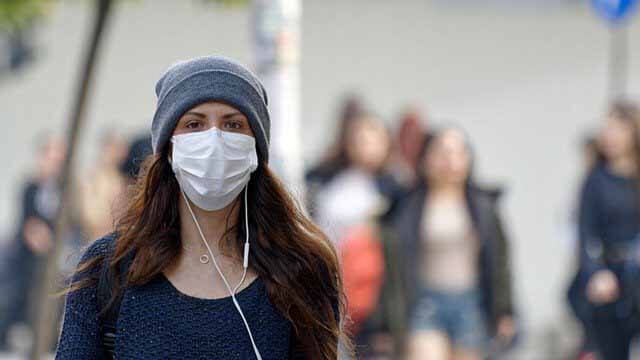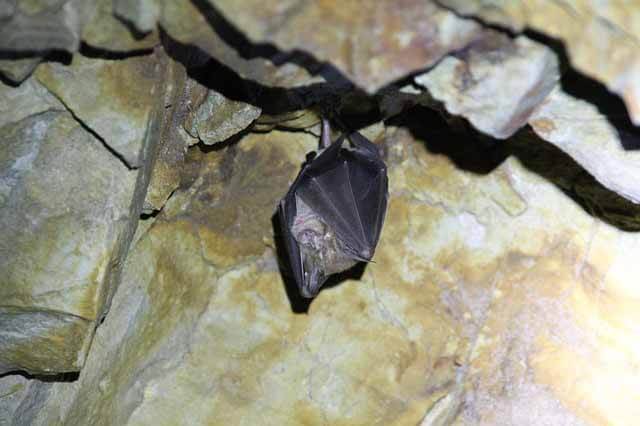Ukraine is a country in Eastern Europe between Russia and Europe. Until 1991, it was a part of the Soviet Union and had been an important contributor to Soviet Union’s economy between 1920 –1991.
Since then Ukraine has appeared as a weak economy with major foreign policy issues and less than perfect democracy that flickers between factions within the country. One of the factions is pro-Russian and the other is pro-European.
Several articles had been written to discuss the Ukrainian crisis but this article will give you a deeper insight into the civil war in Ukraine. In this article, I will discuss the civil war in Ukraine that started in November 2013 with the collapse of the government of President Viktor Yanukovych in Kyiv, and skirmishes still occur regularly.
I will be shedding light on the background of the conflict and who are the major actors that are continuously playing their role in lighting up the fire in Ukraine. This article will also argue the reasons for the rise of the separatist movement in Donbas with the historical and identity factors.
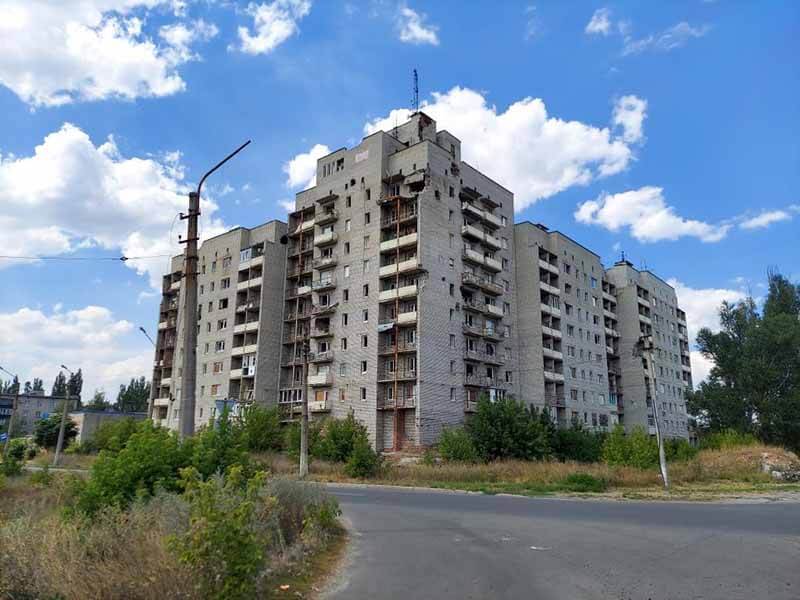
The civil war in Ukraine
Background
The Ukrainian crisis started in November 2013 when President Viktor’s government was collapsed and Russian forces occupied Ukraine’s Crimean peninsula and tried to salvage its lost influence over Ukraine in March 2014.
All the anti-government protests started all over the country and Viktor Yanukovych ran away from the country.
The situation was worsened when the pro-Russian militants seized the areas in Eastern Ukraine. On July 17, the rebels shot down Malaysian flight 17 in which 298 people were killed.
This incident escalated the situation into an international crisis and put the European Union and the United States at odds with Russia. The situation intensified when the Russian army invaded eastern Ukraine to help the rebels.
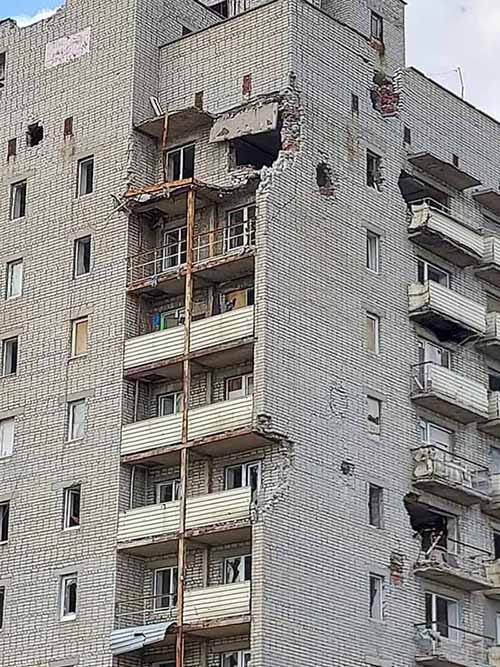
From 2014 to 2018, a military conflict continued between Russian-backed separatists and Ukrainian soldiers, and more than 10,000 people were killed.
Reasons for the anti-government protests
Anti-government protests started at the beginning of November 2013, in Kyiv’s Maidan (Independence Square) when President Viktor rejected the deal of greater integration with the European Union and took a bailout of $15 billion bailouts from Russia. These anti-government protests were labeled as ‘Euromaidan protests’.
Ukrainians were in the favor of dealing with the European Union as they were of the view that it would help Ukraine’s troubled economy and they also saw closer ties with Europeans culturally and politically.
Another reason for the anti-government protests was that many Ukrainians did not portray their President Victor Yanukovych as loyal. They thought he was corrupt and autocratic and when he rejected the deal with European Union, many Ukrainians felt that he has sold the country to Russia.
This is the reason behind the widespread protests against Victor Yanukovych and demanded him to step down.
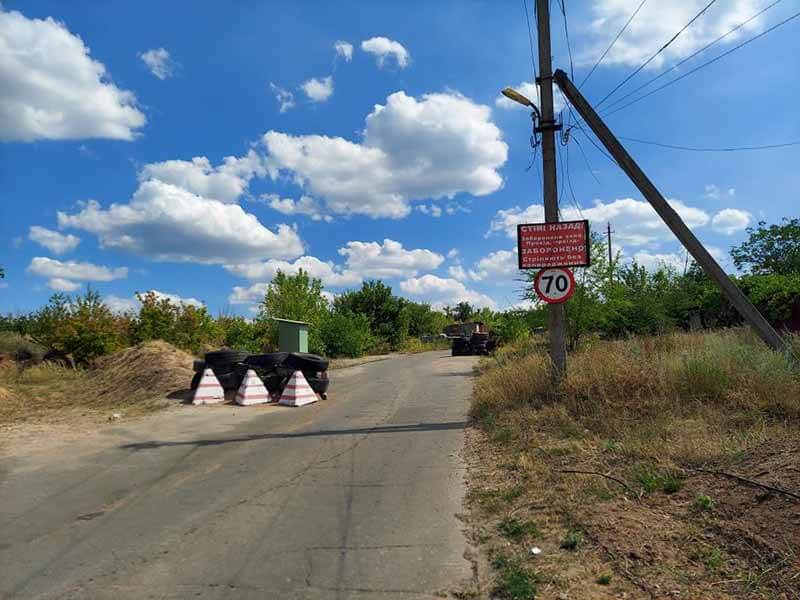
Conflict in Eastern Ukraine
Conflict in Eastern Ukraine started in 2014 when Putin responded to February 23, 2014, overthrow of his ally Victor Yanukovych. Russian-backed separatist rebels seized the cities in Eastern Ukraine which were Donetsk which is also known as Donbass.
Viktor Yanukovych was also from Eastern Ukraine. One of the rebel leaders, Igor “Strelkov” Girkin, was a Russian citizen and also a military veteran who just got retired from Russian internal security services a week before he decided to lead the rebels.
It was a myth in the past that Ukraine fed the entire Soviet Union. And then it was a myth that Donbas feeds Ukraine. Today, if we ask any of the inhabitants of Donbas, everyone will say that they fed the whole country.

The situation got worse when the Ukrainian government launched an offensive strategy against the rebels. Russia fully supported the rebels by providing them with high technology surface-to-air missiles and other advanced armaments.
When rebels shot the civilian airline, Ukraine redoubled its offensive strategy. When rebels felt overrun, in mid-august Russia escalated from covertly supporting the rebels to overtly invading the Russian military troops in Eastern Ukraine.
The Russian military was one of the largest militaries in the world that was helping the rebels to push back the Ukrainian forces in Eastern Ukraine. It was not clear whether Putin wanted to annex eastern Ukraine like Crimea or just wanted to defend the rebels.
However, Russia denied it’s invading but the evidence was overwhelming. NATO revealed satellite photos that revealed Russia’s invasion of the Eastern Ukraine border.
Another evidence was marked when Russian-backed rebels announced that he had received 12,000 troops from Russia. In one video, it was clearly seen that a Russian tank was crushing the tank.

The USA and Europe imposed sanctions on Russia
Seeing the situation, the United States and Europe were clearly outraged and they imposed sanctions on Russia. EU called an emergency meeting and imposed sanctions on Russia’s oil and banking sectors.
On July 29, 2014, the USA and European Union extended sanctions against Russia as both the states were against the support of Russia. However, both the states did not plan to intervene directly as it could be a clear risk of World War III.
The USA also proved that Russia supplied rebels that shot down the Malaysian Airline jet over the Eastern Ukraine in which 298 people were killed. The US also restricted technology exports to Russia’s deepwater Arctic offshore and oil production. Russia was also excluded from G8 as a part of sanctions against it from all the other members.
Putin was continuously sending convoys of trucks over the borders to help the pro-Russian rebels in Eastern Ukraine. This time Ukrainian forces attacked the convoy of trucks of Russia that were sending arms to the rebels.
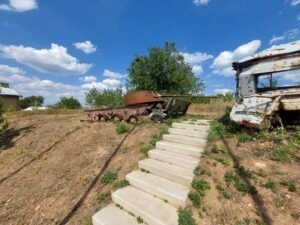
Putin doubled the military forces in Eastern Ukraine
A few days later when Ukrainian forces attacked the Russian covey of trucks, it was reported that several Russian military troops were near the Russian border at the Crimean port of Azov. It was a clear indication that Russia was creating a second front to support the rebels and wanted land access through Southern Ukraine.
Figure 1: The location of Russian air defense installations on Crimea
Since 2014, Russia has doubled the number of troops by 30,000. It has also added an airborne battalion to the naval infantry brigade that has guarded Crimea since the annexation.
Several investment banks like Goldman Sachs, Bank of America Merrill Lynch, JPMorgan, Barclay’s, Deutsche Bank, and UBSBoeing are doing business in Russia but now due to the Ukrainian civil war, Morgan Stanley announced to cease operation in Russia by 2020.

In response to these sanctions, Russia banned imports of the USA and European foods for a year.
Russia’s Inclination towards Ukraine
Ukraine has a lot of native and ethnic Russian speakers who voted for Viktor Yanukovych in 2010 and did not support Euromaidan protests. There are several other reasons for deep interest between Russia and Ukraine.
Russians have a long historical connection with Ukraine that plays an important role in Russian National mythology.
Director of the Kennan Institute at the Wilson Center, Matthew Rojansky says that the two countries “are joined at the hip”: they share language; Russian media are popular in Ukraine; they are family ties; many Ukrainians work in Russia, and Russians have billions of dollars invested in Ukraine. “There relationship is like the USA – UK special relationship”, Rojansky says.

Linguistic Ties
Most of the Ukrainians speak both Ukrainian and Russian languages, but in the Eastern and Southern parts of the country, Russian speakers dominate. According to the EU-funded Migration Policy Centre, the Russian border is the second-largest migration corridor in the world however, the US – Mexico is the largest. Migration Policy Centre says that one-third of all Ukrainian migration was to Russia in 2011.
According to official Ukrainian statistics, Russian companies are one of the largest investors in Ukraine. For Russia, Ukraine is also a key component of its plan for a Eurasian customs union with some other former Soviet states
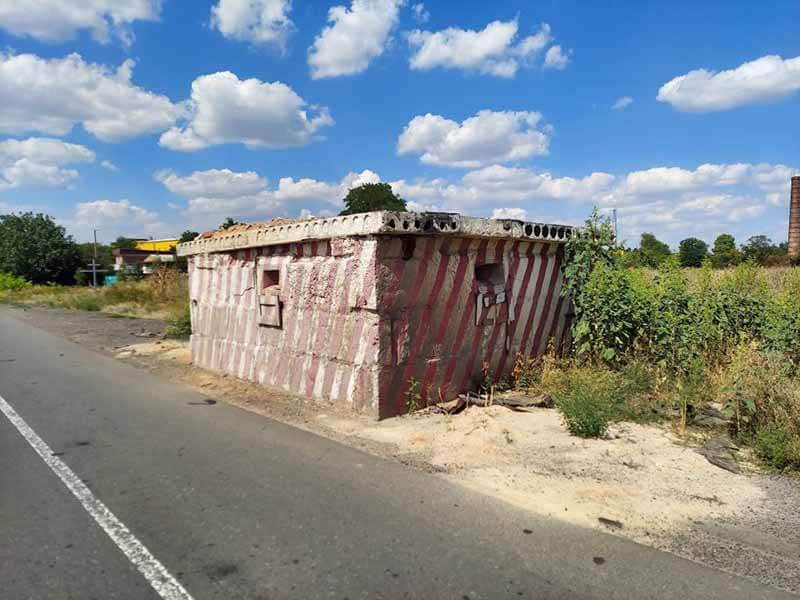
To gain control over maritime regions
The main geographic challenge that Russia faces is its access to the world’s oceans. Russia may have a huge coastline in the north, but it’s frozen over most of the time, and therefore it is an unreliable route for Russian trade.
It also has a coastline along the Pacific Ocean, but it freezes over in the winter too. Russia has two coastlines along the Baltic Sea. One is St Petersburg, but it freezes in the winter as well. The second is in Kaliningrad, which thankfully does not freeze over.
However, the Baltic Sea is connected to the ocean by the narrow Danish straits, and Denmark is part of NATO, and we all know how stable NATO and Russia’s relationship is.
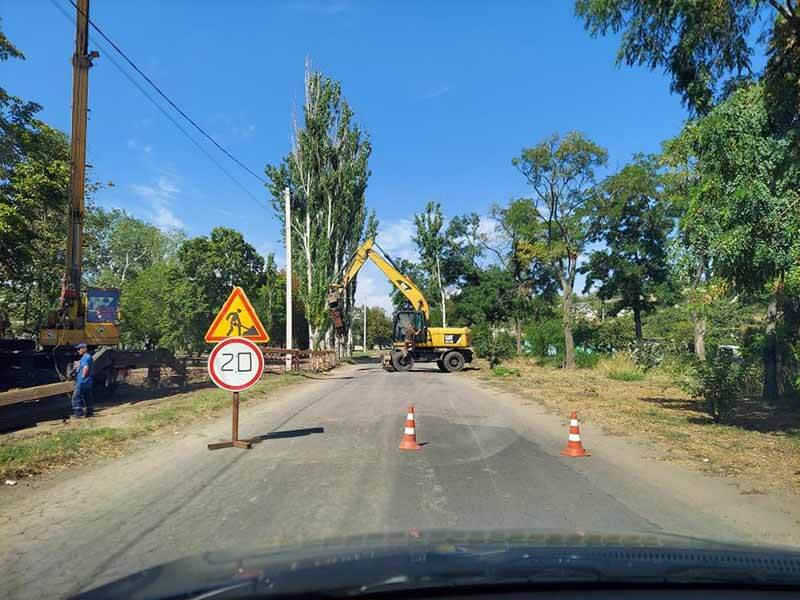
Finally, there is the Crimea on the Black Sea. It does not freeze over in the winter, but then again, it is only connected to the Mediterranean (and therefore the oceans) by the Turkish straits, and Turkey is again a NATO member and until the annexation by Russia in 2014 was technically in another country – Ukraine
Russia wanted to gain control over maritime regions adjacent to Crimea and Eastern Ukraine, including the Kerch Strait, Sea of Azov, and the Black Sea. The Kerch Strait also connects the two seas.
Russian President Putin opened the 12-mile long bridge over the Kerch Strait that connects Russia to occupied Crimea. However, Russia has also bolstered its maritime forces in the Sea of Azov.
Gas Transit State for Russian Natural Gas
Ukraine is a gas transit state for Russian natural gas exports to Europe. The first Nord Stream pipeline from Russia to Germany via the Baltic Sea was transited through Ukraine.
Around 40% to 50% of these exports had transited through Ukraine. Ukrainian revenues from gas transit totaled $2.65 billion in 2018.
On December 30, 2019, Gazprom, Naftogaz, and the new Gas Transmission System Operator of Ukraine (GTSOU) concluded a renewal contract for the transit of Russian natural gas to Europe from 2020 to 2024.
Dependency on Ukraine’s agricultural and industrial production
When Ukraine was part of the great Soviet Union, it was responsible for a large share of agricultural and industrial production. The collapse of the Soviet Union led to severe Ukraine’s economic contraction.
Ukraine’s gross domestic product (GDP) reportedly dropped by over 60%. Its economy was hit hard by the 2008- 2009 global financial crisis; in 2009, its GDP declined by almost 15%. The economy returned to growth in 2010-2011 but again declined after Russia’s invasion in 2014. GDP fell by 7% in 2014 and 10% in 2015.
US – Ukraine Relations
US relations with Ukraine have a multifaceted approach. The US had been promoting domestic reforms in Ukraine since Ukraine’s Revolution of Dignity. Obama’s administration criticized Viktor’s government for suppressing Euromaidan protests and said that “The United States stands with Ukrainian people in solidarity in their struggle for fundamental human rights and a more accountable government”.
Even the Obama administration supported a negotiated resolution to Ukraine’s domestic crisis and the establishment of an interim government before Yanukovych fled to Russia in February 2014.
Trump administration continued to support domestic reforms in Ukraine. Secretary of State ‘Rex Tillerson’ called the Ukrainian government “to redouble its efforts to implement challenging reforms, including uprooting corruption, increasing transparency in the judicial system, strengthening the banking sector, and pursuing corporate governance reform and privatization of state-owned enterprises.”
Ukraine had also received military and foreign aid assistance from the United States since its independence. But after Russia’s invasion of Ukraine, the United States has provided higher levels of annual assistance.
U.S. government has provided a total of more than $239 million in humanitarian assistance since 2014 to assist internally displaced persons (IDPs) and other victims of conflict. 205 The United States also has provided three $1 billion loan guarantees to Ukraine.
For 2020, Congress appropriated $330.1 million in nonmilitary aid. The President’s 2021 nonmilitary aid request for Ukraine was $199 million.
From 2016 to 2020, Congress appropriated $1.1 billion for USAI. Ukraine also has received security assistance through additional Department of Defense and other accounts, including emergency and reprogrammed aid in 2014-2015, the European Deterrence (formerly Reassurance) Initiative, the Global Security Contingency Fund, Section 333 (Building Partner Capacity), and regional Foreign Military Financing (FMF).
The United States and Ukraine also host regular joint military exercises in Ukraine with the help of NATO allies. The United States also provides cyber security assistance to Ukraine. U.S. interagency teams visited Ukraine in 2016 regarding December 2015 cyber-attacks against Ukrainian power companies.
Consequences of the war
Ukrainian civil war has brought a lot of social challenges such as migration, crime growth, unemployment growth, deaths, and negative impacts on civil society and socialization.
According to a report by United Nations High Commissioner for Human Rights, from April 14, 2014, till February 15, 2019, the war between pro-Russian separatists and regular Russian army units operating in Donbas against Ukrainian adversaries resulted in 40,000 to 43,000 casualties.
Around 3.3 million people have fled from their homes, 12,800 to 13,000 lives have suffered from at least 3,321 civilians and 9,500 combatants killed.
On 4th July 2016, the statistics of registered internally displaced people in Ukraine topped 1,790,267.
The number of Ukrainian refugees in Belarus and Russia has reached more than 1.5 million. The situation in Ukraine has turned into Europe’s largest humanitarian crisis since the Yugoslav wars in the 1990s.
Economic Backdrop
During the first four years of the conflict, Donbas’s Gross domestic product dropped by 61.1%. In foreign policy exchange terms, Donbas’s economy declined by 73.1%, from $27.53 billion in 2013 to $6.37 billion in 2015, before gradually recovering to $7.39 billion in 2017.
Ukrainian civil war also resulted in severe and rapid deindustrialization in eastern Ukraine. The lucrative foreign trade collapsed resulting in the decline of Donbas exports by 61.7%.
Humanitarian Issues
The Ukrainian conflict has led to a large number of internally disputed persons (IDPs). The Ukrainian government has registered more than 1.4 million people as IDPs. However, International organizations estimate the number of IDPs less than 1 million, as many IDPs still live as internally displaced persons to receive pensions only.
Due to instability in Ukraine, there could be seen a general decline in the Ukrainian population. It was due to the migration and death of people in the ATO area.
Conflict Resolution Process between Russia and Ukraine
The conflict resolution process between Russia and Ukraine started and was structured around a set of measures known as “Minsk Agreements“. The Minsk Agreements were signed in 2014 and 2015 by representatives of Russia, Ukraine, and the Organization for Security and Cooperation in Europe (OSCE).
These agreements were supported by a broader international grouping known as Normandy Four – France, Germany, Russia, and Ukraine.
The Minsk agreements were signed in 2014 and 2015. 2014 agreements included 12 point Minsk Protocol, however, the Minsk protocol failed to end the conflict. The Normandy Four met again in 2015 between the battle at Debaltseve and develop a more detailed package of measures known as Minsk 2.
The detailed package of measures of Minsk 2 consists of different steps to end hostility. These measures include a cease-fire, withdrawal of heavy armaments, the release of all illegally detained individuals, safe access for humanitarian aid, and restoration of Ukrainian control over approximately 250 miles of its border with Russia.
The United Nations Security Council (UNSC) includes Russia as a permanent member endorsed the Minsk agreement. United Nations Security Council (2015) endorsed and called all the parties to fully implement the measures of the package.
In 2018, a Security Council’s presidential statement condemned the ongoing ceasefire violations and called for the withdrawal of heavy weapons. It also urges the parties to reconsider the peace process and take immediate progress in the implementation of the Minsk agreements.
United States Reaction on the conflict resolution process
The United States supported the efforts of the Trilateral Contact Group and the Normandy Four. US policy from 2017 to 2019 on the Ukraine conflict was directed mainly through the office of the U.S. Special Representative for Ukraine Negotiations.
In 2017, the US Department of State established the position to advance US efforts to achieve the objectives set out in the Minsk agreement and to hold meetings with Ukraine and other members of the Normandy Format.
Ambassador Volker resigned from this position in September 2019 before the start of the presidential impeachment inquiry in the House of Representatives. As of December 2020, the Administration has not appointed a successor.
Implementation of Minsk agreements
The Minsk-2 agreement signed on 2 February 2015 intended to trigger a framework for a comprehensive political statement to the conflict.
This framework included a cease-fire from February 15, 2015, full withdrawal of heavy weapons after 15 days of a cease-fire, full exchange of prisoners within another 5 days, and the introduction of a special status for nongovernment-controlled areas, related constitutional reforms, local elections, and Ukraine’s full control of its border by the end of 2015.
All the measures in the Minsk-2 agreement were not fulfilled by the time. No ceasefire existed and heavy weapons were not withdrawn from defined security zones.
However, in 2019, Ukrainian and Russian-led forces implemented confidence-building measures (CBMs) agreed upon in 2016. Russia has not returned control of Ukraine’s border to the government of Ukraine.
Measures that had been partially fulfilled
Some of the Minsk-2 agreements for ending hostility had been partially fulfilled that are as follows:
- An international monitoring mission monitors cease-fire violations and the presence of heavy weaponry within defined security zones.
- Donors and nongovernmental organizations direct humanitarian assistance to nongovernment-controlled areas, but aid organizations’ access to these areas is not ensured and aid delivery and distribution do not operate on the basis of an agreed-upon international mechanism.
- Detainee exchanges occasionally have occurred. A major exchange took place in 2017 when more than 230 individuals held by Ukrainian authorities were exchanged for more than 70 individuals in non-government-controlled areas.
- A second major exchange was in 2019 when Russia and Ukraine freed 35 individuals. Among those freed were some of Russia’s most prominent Ukrainian political prisoners and prisoners of war, including 24 sailors Russia detained in November 2018 and Crimea-based filmmaker Oleh Sentsov. Detainees Ukraine freed included a person of interest in the downing of MH17, whom Dutch prosecutors interviewed before his release.
- A third major exchange took place in December 2019, when more than 120 individuals held by Ukrainian authorities were exchanged for more than 75 individuals in the nongovernment-controlled areas. Among those freed by Russian proxy authorities were Ukrainian servicemen, local residents alleged to have been cooperating with the Ukrainian government, and Radio Free Europe/Radio Liberty journalist Stanislav Aseyev.
- The December 2019 exchange was somewhat controversial. Ukrainian authorities released not only fighters but also individuals who had not been involved in the conflict. Released detainees included five members of Ukraine’s Berkut special police force accused of killing dozens of protesters during the Revolution of Dignity, as well as alleged Russian-hired hitmen and the perpetrators of a 2015 bomb attack in the city of Kharkiv. Some observers criticized Zelensky for accommodating Moscow’s demands to release these detainees. Others argued that Moscow’s demands confirmed its involvement in these crimes.
In March 2020, Ukrainian officials said they were negotiating with Russia for the release of more than 200 Ukrainians.
Both Russia and Ukraine consider other parts responsible for the implementation of Minsk’s agreements. Ukrainian officials had emphasized complete ceasefire and withdrawal of Russian official and unofficial forces.
They are of the view that withdrawal of both is necessary for establishing a secure environment in the country.
Other than the Minsk agreements, the Ukrainian government had called for the establishment of an international peacekeeping mission to enforce a ceasefire.
US government had also supported for peacekeeping mission as a means to establish the security conditions necessary to implement Minsk-2 measures. On the other side, Russian officials rejected the proposal.
Conclusion
Since Ukraine got independence in 1991, Ukraine has been divided and the situation we see today is because of that division. This division we talk about is the division of language.
About two-thirds of Ukrainians speak Ukrainian as their official language and around third people are native Russian-speakers. This language is just a short term to define the division of a much more complicated political and ideological division.
According to a political scientist ‘Leonid Peisakhin’, “Ukraine has never been and is not yet a coherent national unit with a common narrative or a set of more or less commonly shared political aspirations.”
All the findings in this article show that the Ukraine crisis brings a lot of social challenges like migration problems, crime growth rate, unemployment growth, and several negative impacts on socialization and civil society.
Ukraine wants to build a new policy towards Russia and it is important to construct a pragmatic approach to ensure peace and stability in the country and in the whole world.
To my opinion, such a policy should be constructed on the key economic pillars which will push parties for dialogue and ensure stopping the war in Eastern Ukraine.
However, the alternative pillars are intellectual elites and middle-class cooperation and relationship development that play an important role. As well, as scientific and educational cooperation (universities, professors), students mobility, cultural and environmental cooperation, small and medium enterprises cooperation.


